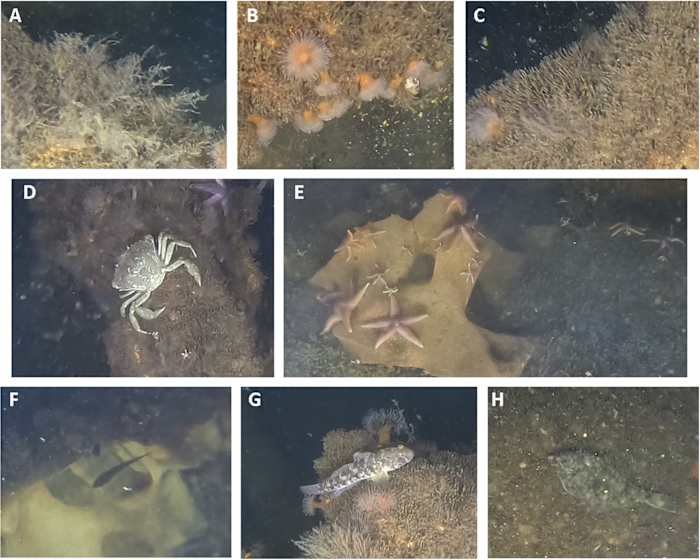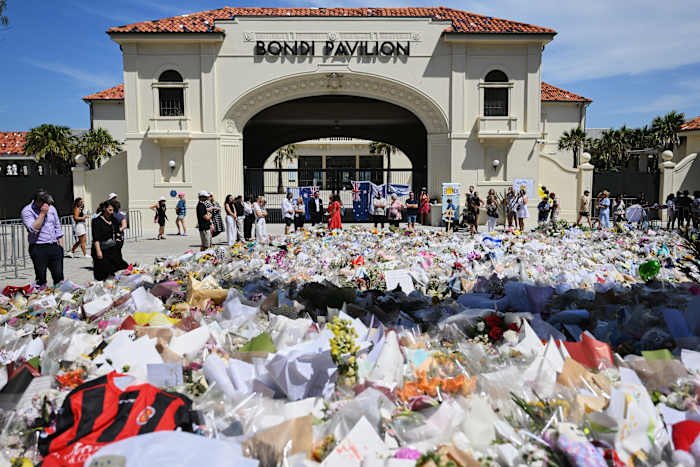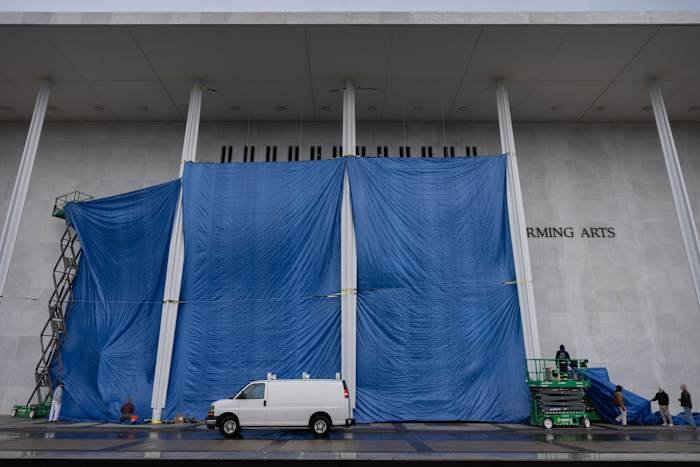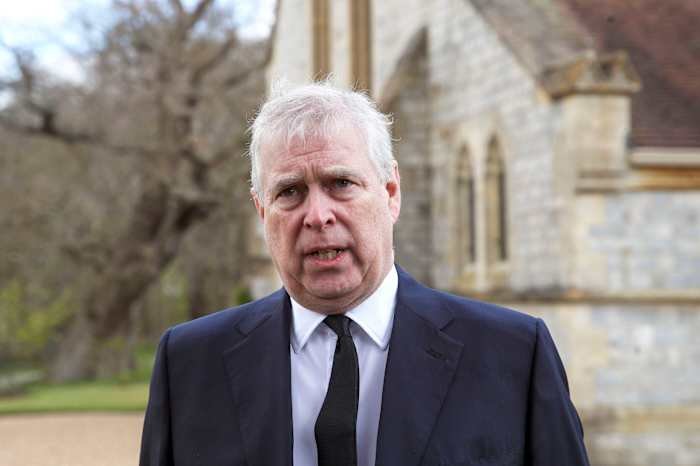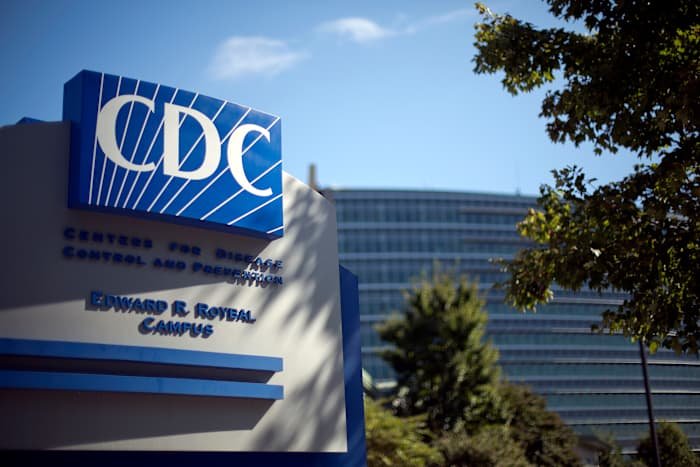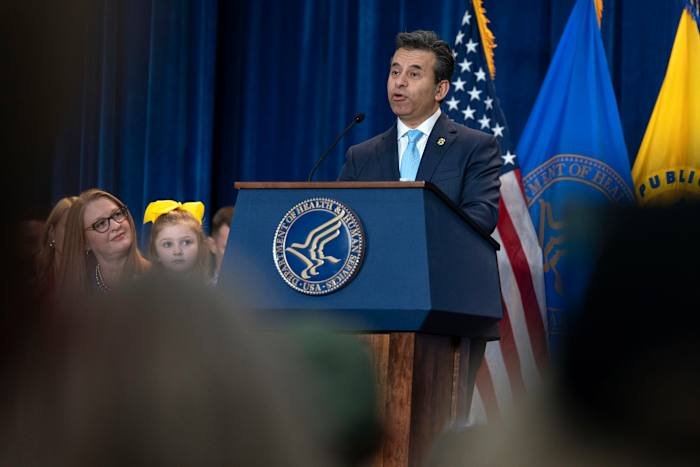Orlando, FL – In a revelation that’s captivating both scientists and environmentalists, a recent undersea exploration has found an unexpected ecosystem flourishing on the very surfaces of World War II explosives buried beneath the Baltic Sea. Using advanced submersibles, researchers have discovered that crabs, worms, and fish are not just surviving but thriving atop these long-feared relics. While this news may seem distant from Orlando, the interconnectedness of global marine health and environmental science means these findings have ripple effects that reach all the way to Central Florida’s scientific and educational communities. In today’s blog, we delve into the details of this fascinating discovery, its implications, and why it matters—even here in the City Beautiful.
The Baltic Sea’s Hidden Arsenal: A Brief History
At the close of World War II, the Baltic Sea became a dumping ground for thousands of tons of unused explosives, including bombs, mines, and chemical munitions. For decades, these underwater relics have been considered ticking time bombs—posing risks of accidental detonation and chemical leakage into marine environments. Environmental agencies have long warned about the toxins that could leach from their corroding shells, threatening marine biodiversity and coastal economies dependent on clean water and healthy fisheries.
Orlando residents may recognize similar concerns with local water bodies, where pollution and legacy contaminants pose long-term ecological risks. The Baltic discovery, therefore, offers a unique lens through which we can better understand the resilience—and vulnerability—of aquatic ecosystems everywhere.
Unlikely Oases: Marine Life Flourishing on Toxic Wreckage
During a recent expedition, scientists used remotely operated vehicles (ROVs) to explore the Baltic Sea’s murky depths. To their astonishment, they observed rich colonies of marine life inhabiting the very surfaces of these WWII munitions. Hardy species of crabs scuttled over metal casings, burrowing worms created intricate networks, and small fish darted amid the debris, using the structures as both shelter and hunting ground.
This phenomenon, known as “artificial reefing,” occurs when submerged structures provide habitat in areas otherwise lacking in hard surfaces. While intentional artificial reefs are common off Florida’s coasts, the Baltic’s accidental reefs have formed under more hazardous circumstances. Yet, they demonstrate nature’s remarkable ability to adapt—even to man-made hazards.
The Science Behind the Survival: Adaptation and Risk
How can marine life survive on surfaces presumed to be toxic? Scientists believe several factors are at play. Over time, water currents may have washed away the worst contaminants, leaving behind metal and concrete that can be colonized. Some organisms may have developed unique resistance to low-level toxins, while others are simply opportunistic, taking advantage of any available habitat in an otherwise featureless seabed.
Still, this adaptation is not without risk. The slow release of chemicals from corroding munitions could eventually affect not just local species but entire food chains, including commercially important fisheries. For communities like Orlando, where seafood is a staple in many restaurants and markets, the health of global marine systems is more relevant than it might seem at first glance.
What This Means for Orlando: Global Connections and Local Lessons
Orlando may be landlocked, but its universities, museums, and science centers—including the Orlando Science Center—are deeply invested in marine research and environmental education. The Baltic Sea discovery provides valuable teaching moments about adaptation, resilience, and the ongoing impacts of historical pollution. Local students, researchers, and eco-enthusiasts can draw parallels between distant undersea worlds and Florida’s own lakes, springs, and coastal waters.
Moreover, Florida’s Atlantic and Gulf coasts are home to their own artificial reefs and shipwrecks, many of which have become havens for marine life. Understanding the balance between benefit and risk in these environments can inform better policies for ocean conservation, tourism, and fisheries management statewide.
The Future: Monitoring, Mitigation, and Hope
The Baltic Sea findings have already sparked calls for more monitoring of underwater munitions and greater international cooperation on marine pollution. Scientists hope to study whether the observed marine communities are stable and how they might be impacted by future leaks or disturbances.
For Orlando’s environmental community, these results reinforce the importance of long-term stewardship and the need to invest in both local and global research. Whether it’s cleaning up Lake Eola or supporting sustainable seafood initiatives, the lessons from the Baltic Sea remind us that nature’s resilience is remarkable—but not limitless.
Conclusion: Share Your Thoughts!
The discovery of thriving marine life on WWII explosives in the Baltic Sea challenges our assumptions about nature’s limits and adaptation. It’s a story that connects history, science, and environmental stewardship across continents—including right here in Orlando. What do you think about this unexpected undersea ecosystem? Could similar lessons apply to our own local waters and environmental challenges?
Let us know your thoughts in the comments below! Do you see parallels between the Baltic discovery and Orlando’s environmental issues? Have you visited any local artificial reefs or participated in marine conservation efforts? We’d love to hear your insights and experiences.

